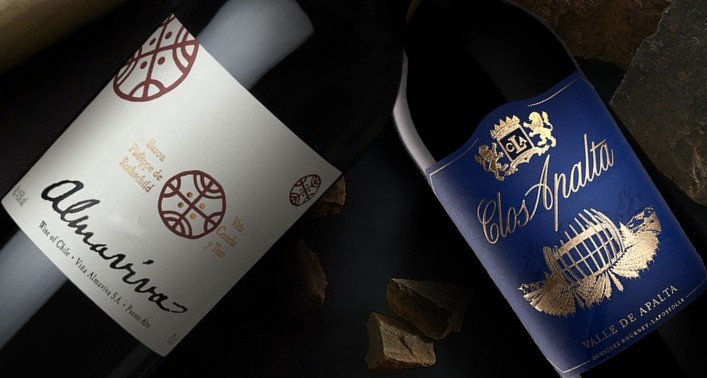Related article: 【Wine 101】The Beginner’s Guide to Bordeaux Wines – Left Bank
Come to the right bank of the Dordogne, to age-old vineyards renowned the world over. Steep yourself in the legendary ambiance of Saint-Émilion, then continue your travels toward Pomerol, Fronsac, Côtes de Castillon & more. These Merlot-dominated wines are approachable in youth, with well-balanced acidity and smooth ripe tannins. Let’s give it a try.

Predominantly Merlot-based, with Cabernet Franc, Cabernet Sauvignon and other grape varieties used as a blending component. Some estates have sought to increase their use of Cabernet Franc in recent years, for its ability to deliver freshness in the glass. The wines tend to be rich in fruit, softer in mouthfeel with less tannin (than the Left Bank wines).
What is Saint Émilion classification?
On the Right Bank, you’ll find the Saint Emilion Classification, first introduced in 1955. Unlike the 1855 Classifications, this ranking is frequently reviewed, currently every 10 years. There are 4 levels in the Saint Emilion classification of its wines, Premier Cru Classe A, Premier Grand Cru Classe B, The Grand Cru Classe Wines and Grand Cru. The Premier Grand Cru Classe Classification are the First Growths of Saint Emilion. In the recent 2022 classification, Chateau Figeac has been promoted to Premier Grand Cru Classe A alongside Chateau Pavie – they are ow only 2 vineyards entitled to use that designation. Worth mentioning that some Saint Emilion wines are known for exceptional quality even without the Premier Grand Cru Classe status, such as Chateau Ausone, Chateau Cheval Blanc, and Chateau Angelus who chose to drop out of the classification.
The Right Bank Region
Saint Emilion
Saint-Emilion owes its exceptional face to great soil diversity. The diversity of its wines is due to both a complex geology (sands, clay, limestone…) and a microclimate that is perfectly suitable for winemaking. Combined with the permanent care of professionals for their vines, this association of “terroirs” provides ideal conditions for the nutrition and the maturity of the different blends of grape varieties. These varietals allow Saint-Emilion wines to have a wide range of aromas and flavours particularly appreciated.
Pomerol
It is the smallest of Bordeaux’s major appellations is home to renowned domaines – many making little more than 1,000 cases per year. If the topography and architecture of Pomerol are typical, the style of its wines is anything but. The best vineyards are planted on a seam of rich clay extending across the raised plateau of Pomerol from the boundary of St Emilion.


 Same Day Pick-up
Same Day Pick-up



















